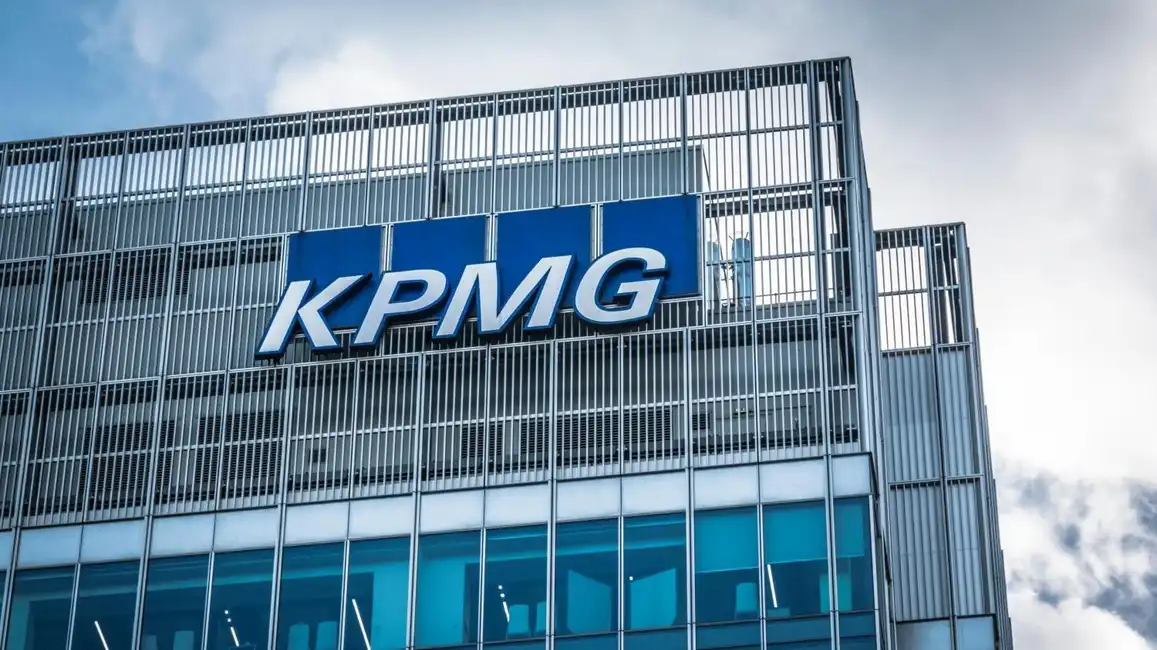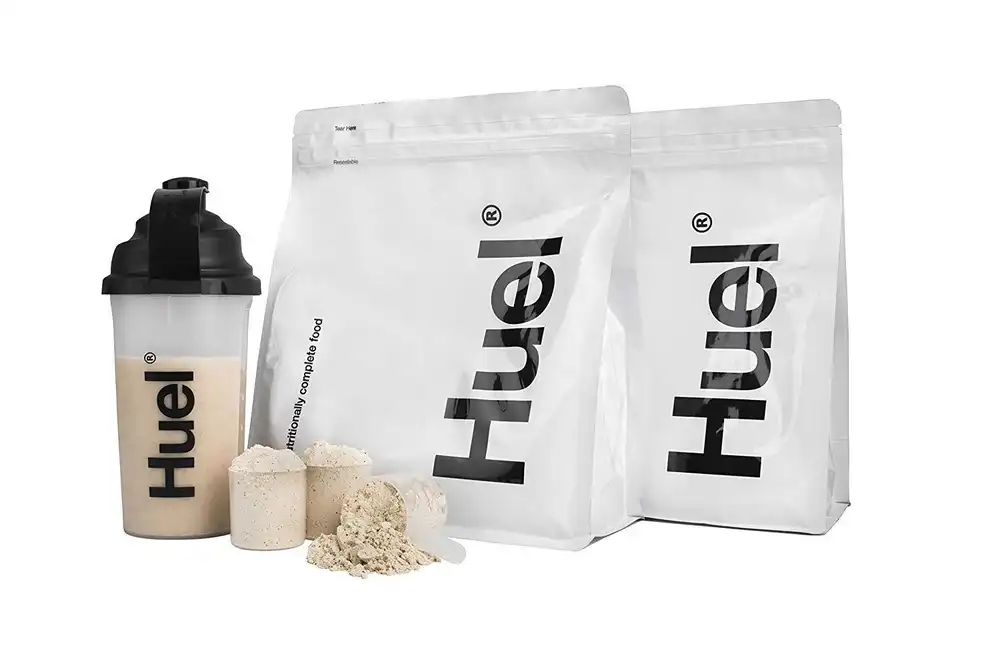L’Oréal UK’s sales breakthrough of £1.5 billion is great news for commodity investors because of the beauty sector's dependence on raw materials increases demand for specific commodities.
Although consumers and marketers frequently concentrate on finished products from brands such as L’Oréal, the real success drivers are the raw commodities required for cosmetics manufacturing.
Exploring commodity market opportunities should now include the essential materials used by the beauty industry. We will examine what is driving this boom alongside the essential raw materials you should consider.
The Rising Demand for Cosmetic Ingredients
Recent years have shown substantial expansion in the cosmetics industry, which covers skincare products alongside makeup and fragrance offerings. The fragrance and skincare segments maintain strong market positions, which drive continual evolution and innovation throughout the sector. E-commerce experienced exponential growth during the pandemic, followed by its dominance in the beauty sector, which now expands at three times the rate of traditional in-store sales. Due to this industry shift, the global demand for quality raw materials has increased.
This raises a crucial question for commodity investors: Which raw materials are necessary for these products, and how does industry expansion affect resource demand?
1. Mica and Titanium Dioxide
Many eyeshadows, highlighters, and bronzers achieve their shimmer and glow thanks to the mineral mica. Modern cosmetics depend heavily on this mineral to create their desired “light-catching” effect. Titanium dioxide serves an essential function in sunscreens and foundation powders because it reflects UV rays which provides both protection and cosmetic benefits.
2. Plant-Based Oils
The skincare and haircare industry values natural oils like coconut oil, jojoba oil, and argan oil because of their hydrating and nourishing qualities. Consumer demand for environmentally friendly products promotes the search for sustainable plant-based ingredients which increases agricultural commodity needs.
3. Silica
Silica plays an essential role in producing cosmetics that maintain a matte look and stay smooth throughout the day. Silica functions as a key ingredient in primers and powders by enhancing both the texture and application experience of cosmetic products. Consumer demand for makeup products with prolonged wearability has expanded silica's importance in the industry.
4. Pigments
Colour cosmetics depend on mineral-derived pigments such as iron oxides to produce everything from vibrant red lipsticks to natural-looking eyeshadows. The clean beauty movement has led to increasing demand for natural pigments that lack toxic elements which has increased their market value.
5. Bio-based Ingredients
Bio-based materials such as plant-derived collagen and algae extracts are becoming more popular because they deliver effective results while supporting environmental sustainability. Investors who monitor biotechnology developments will see beauty industry advancements as firms innovate replacements for synthetic materials.
Industry Challenges for Commodity Supply
Global supply chain disruptions have affected the beauty industry. The combined effects of changing geopolitical landscapes and rising inflation have further complicated the process of obtaining raw materials including mica and natural oils. Major brands such as L’Oréal have implemented proactive strategies including supply chain diversification and sustainable sourcing investment.
Commodity investors face both opportunities and obstacles because of these sourcing challenges. Supply shortages caused by current market dynamics lead to increased material value while forcing producers to adhere to sustainability and ethical requirements.
UK Investors Need to Understand How to Take Advantage of Current Market Trends
UK commodity investors gain success by monitoring shifts in demand for raw materials such as mica and plant-based oils that develop in step with cosmetic brand expansion. Explore partnership opportunities or enter mining and agricultural projects that serve beauty and personal care markets.
Environmental, Social and Governance standards now form essential components of beauty brand practices. Businesses that prioritise sustainable sourcing and ethical mining practices stand to benefit long-term as they become prime targets for partnerships and investments.
A Bright Future for Beauty Commodities
Despite economic challenges such as inflation and rising cost of living L’Oréal achieved record-breaking results in the UK which showcases beauty industry's resilience and adaptability. The ongoing progress in e-commerce and sustainable practices will cause the need for raw materials that support innovation to rise.
A strategic market position requires expanding your investment portfolio through high-demand commodities that fuel today's beauty industry expansion. Raw materials form the foundational network that delivers actual returns for each blockbuster blush or best-selling moisturiser.
Discover Opportunities in Beauty Commodities
Review your current investment tactics to find ways to benefit from the expanding cosmetics market. The beauty industry offers a wide range of investment possibilities starting from mining mica to developing bio-based products. Place your investments strategically to remain competitive.



















